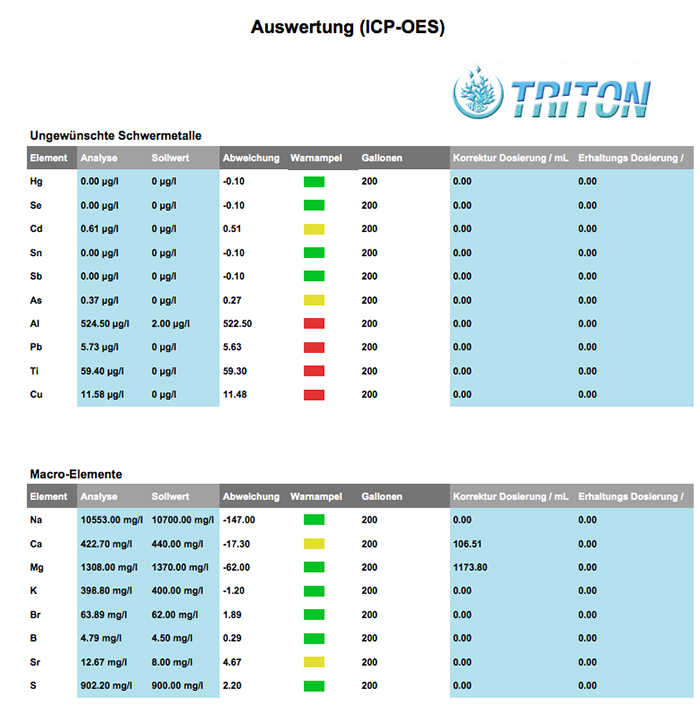So my partial tank crash got me thinking about trying an ICP test. @dz6t turned me on to the Skeptical Reefer. This article is from 2014. It shows the flaws in the Triton ICP test of the day. Has anything changed since then?

 reefs.com
reefs.com
Do you rely on ICP tests from time-to-time? Have they helped you turn your tank around?

Skeptical Reefkeeping 12
Triton Lab ICP-OES Testing of a Certified Artificial Saltwater Standard By Rich Ross and Dr. Chris Maupin At MACNA 25 in Denver, the potential for the new
Do you rely on ICP tests from time-to-time? Have they helped you turn your tank around?

